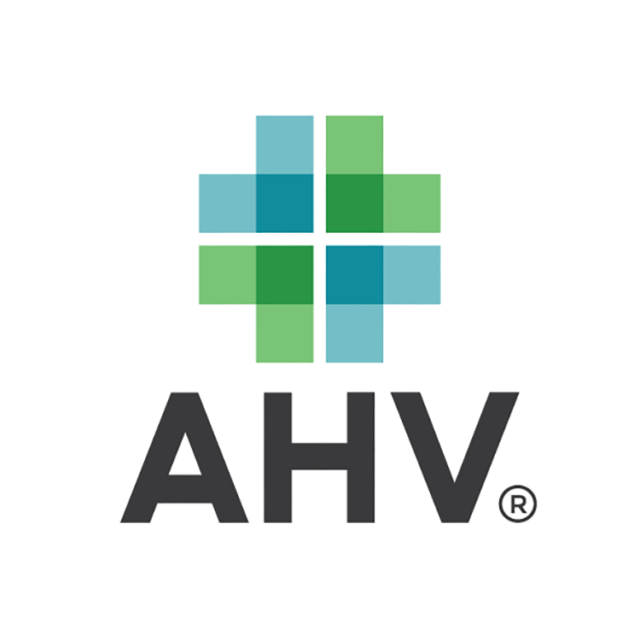I have spent many days at dairies in Minnesota and South Dakota collecting data for an observational study on dairy housing systems (including low profile, cross-ventilated freestall barns) and well-being.
A lot of the time I am ‘stationed’ by the return alley scoring cows for locomotion, as well as making observations related to cow movement, behavior, fear of humans and “contentment.”
At certain times during the day, my graduate students and I need to go into the pens to collect environmental data. We check such things as air quality, light intensity and air velocity, and again observe how the cows react to our presence at each dairy. The objectives of the study do not include the investigation of cows’ reaction to humans, but I have noticed the wide differences among the operations we are working with for the project.
In some dairies, cows run away from us, whereas in others, the opposite is the case. Treatment of cows by the workers in the parlor and holding area also varies widely. This topic is something that I probably should have on the list for future on-farm research projects.
Farm animals are often subjected to aversive handling, which can result in them becoming fearful of humans. Fear of people can reduce animal well-being and possibly milk production, and increase the risk of injury to both animals and handlers. Research on the topic of human-animal interaction and its relationship to productivity and health is limited.
Studies conducted in Australia by Hemsworth’s group indicated that 20 percent of the variation in milk production among dairies was due to cow handling. They investigated the relationships between the behavioral response to humans and the milk production of cows at 31 commercial dairy farms. They found that several cow behaviors that are indicative of fear of humans were moderately or highly correlated with milk yield and composition.
In farms where milk yield was low, cows showed less approach to the researcher in the standard fear test than at farms where milk yield was higher. Observations from the study indicated that where restlessness was high, productivity was low. Restlessness, which they measured by the number of flinch, step and kick responses, is indicative of stress.
If animals become fearful of humans due to inadequate handling, they may experience acute or even chronic stress in the presence of humans. Stress can lead to immune suppression, which can affect the health of the animals. Inadequate human-cow interactions can create a cycle of low animal productivity and disease.
Hemsworth demonstrated that human interventions at commercial dairy farms appeared to improve cow performance at those farms. Farms where the intervention treatment was used had a significant increase in milk yield. The intervention consisted in modification of key herdsperson/worker beliefs and behaviors towards cows and provision of reinforcement. The authors concluded that these interventions could contribute to overall improvement in productivity in the dairy industry. It is suggested that cow handling training sessions be implemented at dairy operations.
Negative behaviors by handlers include hits, slaps, tail twist, shouting and fast speed of movement, whereas positive behaviors include stroking, rubbing, hand resting on the animals’ back or flank, slow and deliberate movement and talking.
When handling cattle, it is important to understand that cows interpret sights and sounds in a different way than humans. Studies have shown that cattle have panoramic vision of 330 degrees and have a blind spot directly in the back of their heads. However, they have poor depth perception and cannot focus quickly on close objects. Cows usually lower their heads to look at something because their vertical vision is only about 60 degrees (compared to 140 degrees in humans).
They will also walk slowly in unfamiliar environments. Cows should be given enough time to move and walk at their own pace without being rushed. Cows can hear well and don’t like very high, screeching sounds. Hitting or yelling can create a lot of fear and stress. Cows are prey animals and feel safer in a crowd, so they can be nervous when alone.
We need to avoid situations that can create fear in cows, and use every opportunity for positive human contact, starting at a young age. The two fundamental rules for working with cows are slow and quiet. By following these rules, the job will be done faster with the least amount of stress to the cows. We should all be known for “loving” our animals, and that includes treating them with care and respect. PD
—Excerpts from University of Minnesota Dairy Connection, November 2008
Marcia Endres
Dairy Scientist
University of Minnesota
miendres@umn.edu



